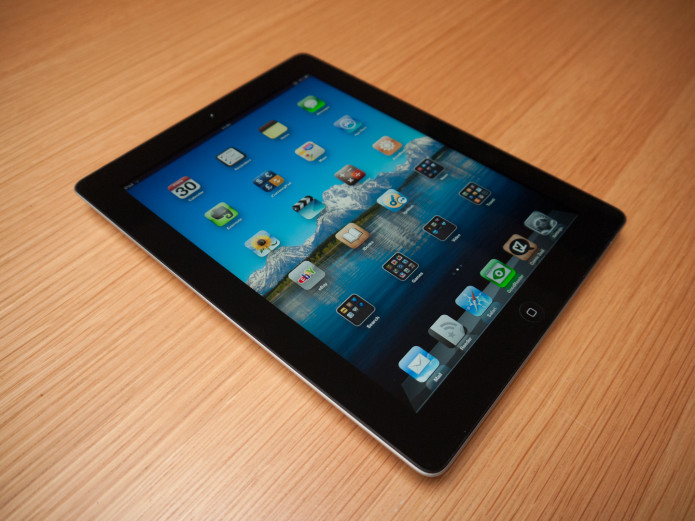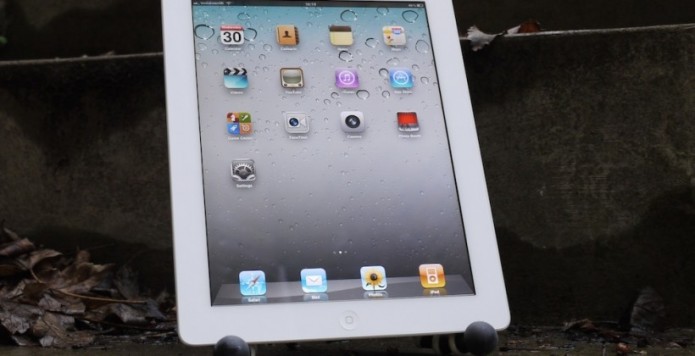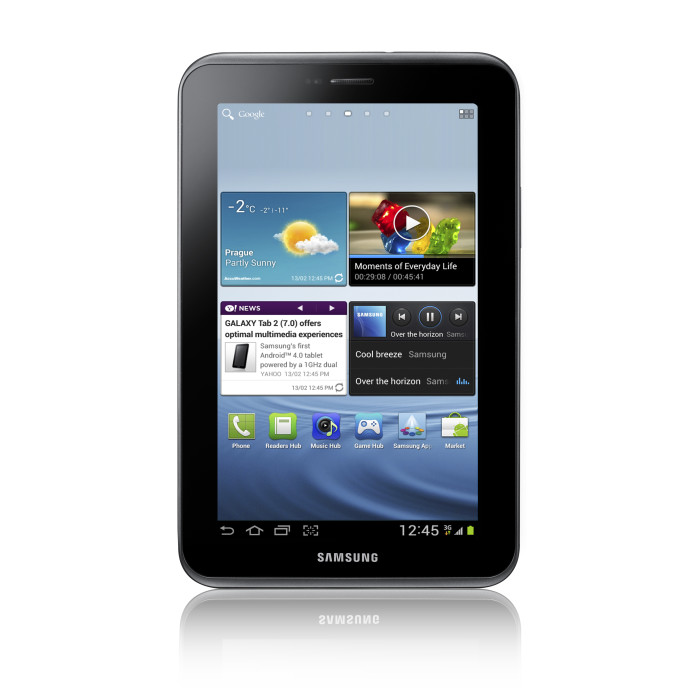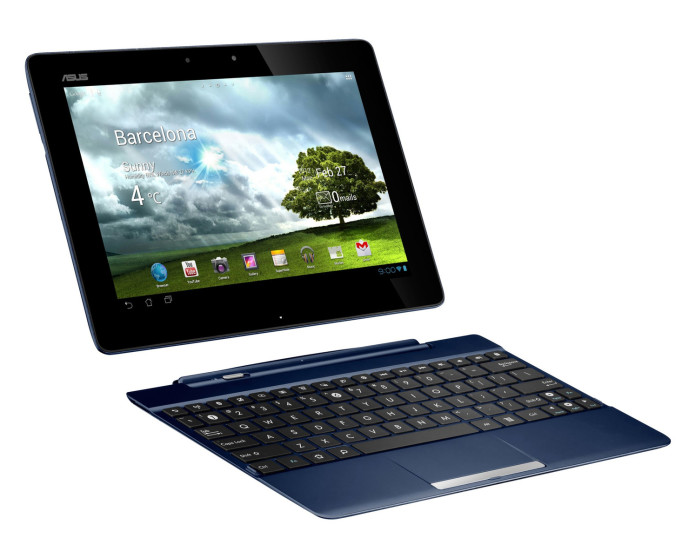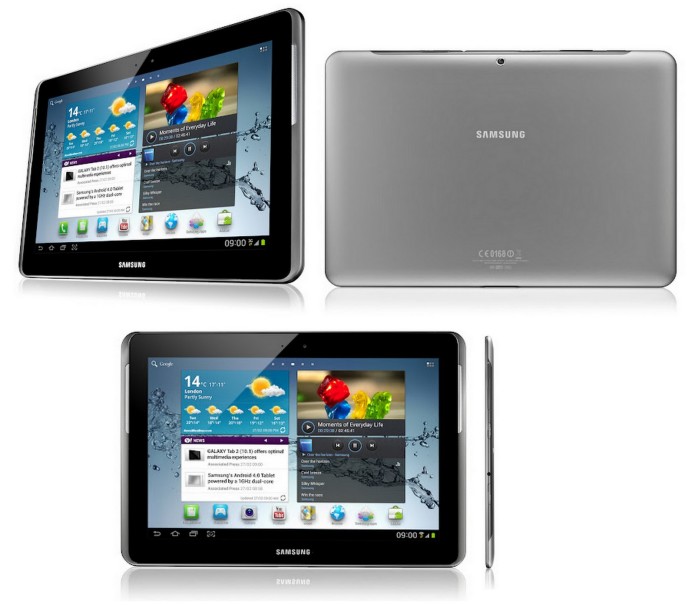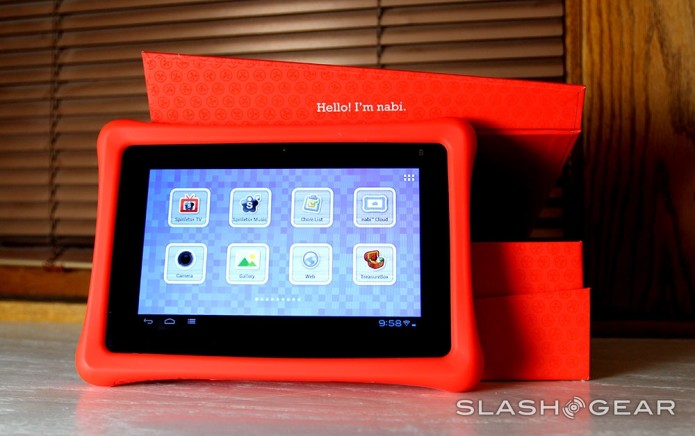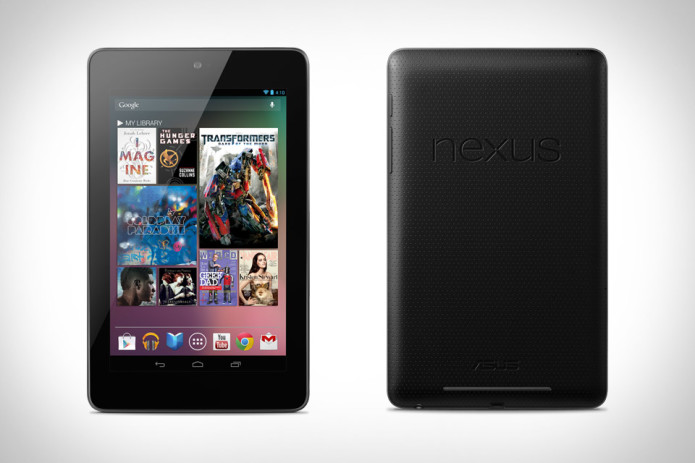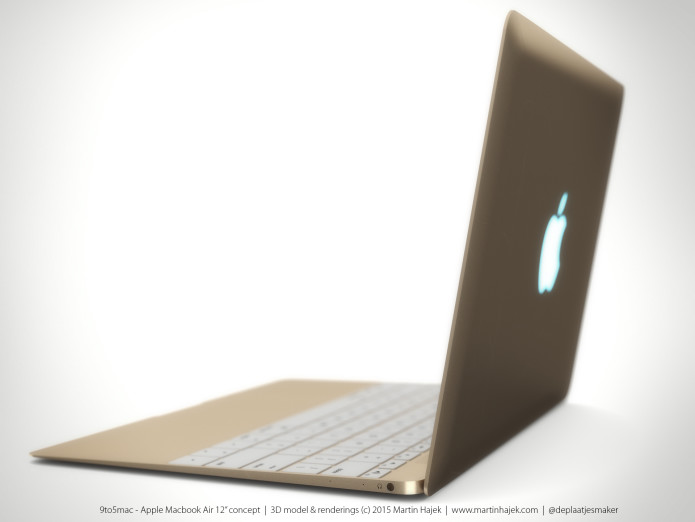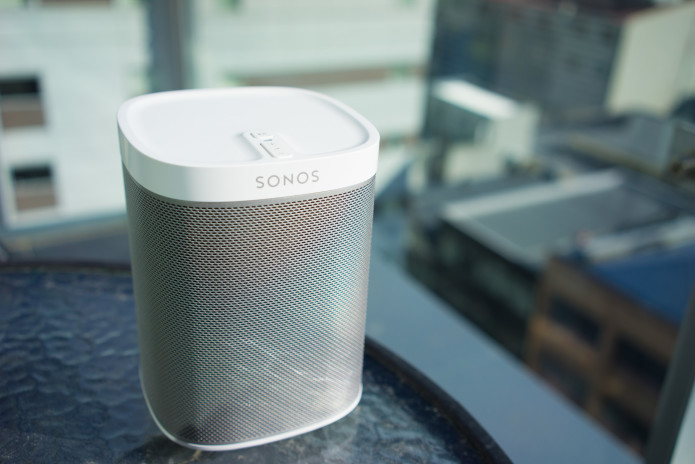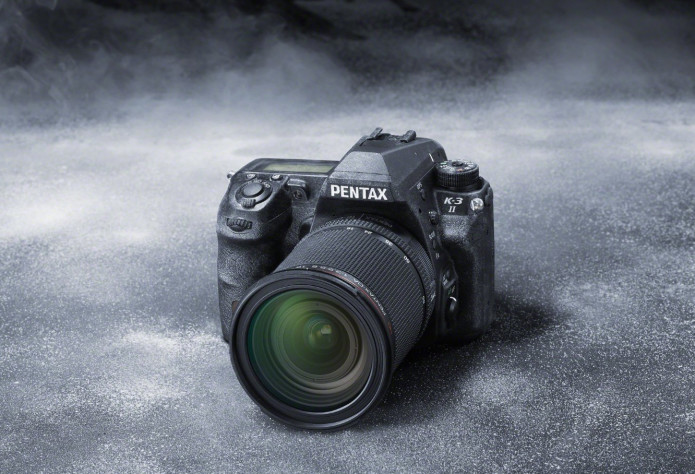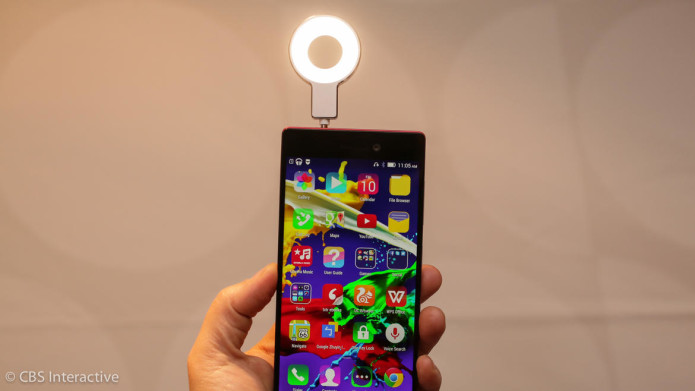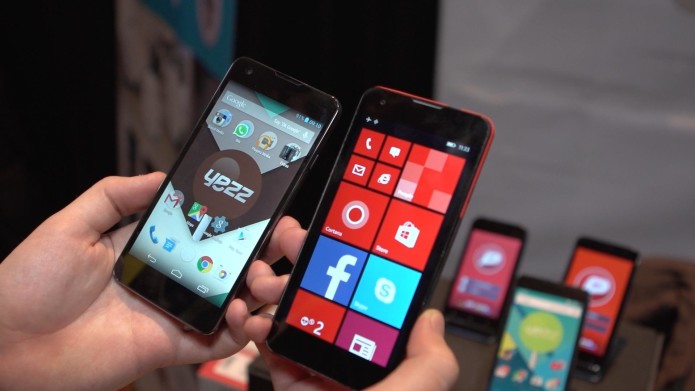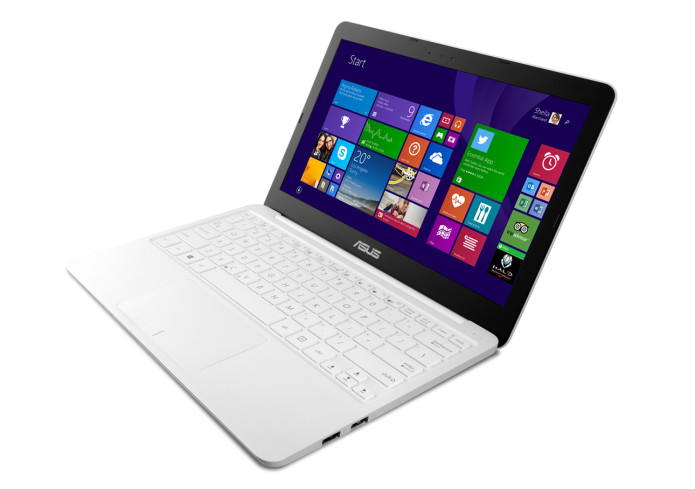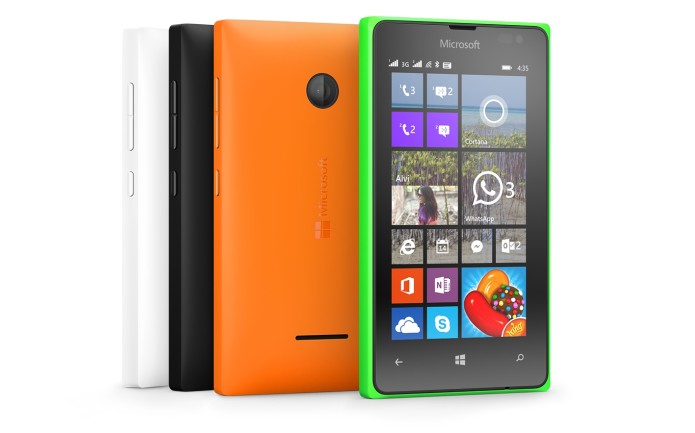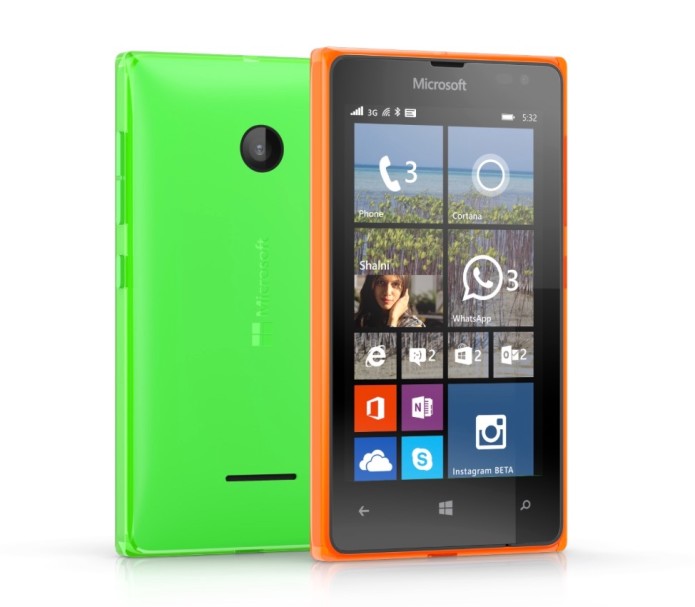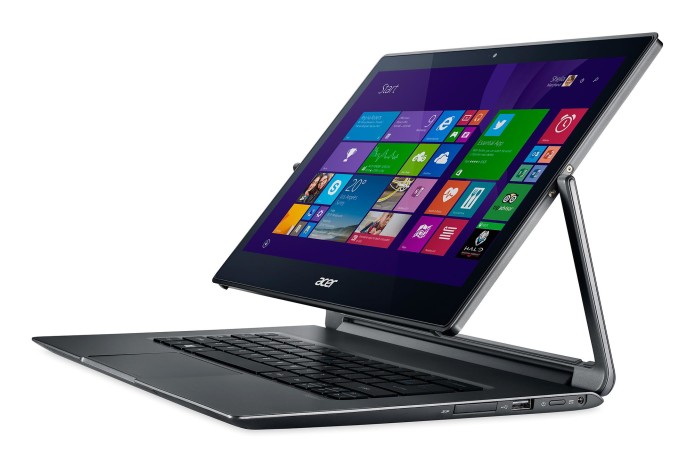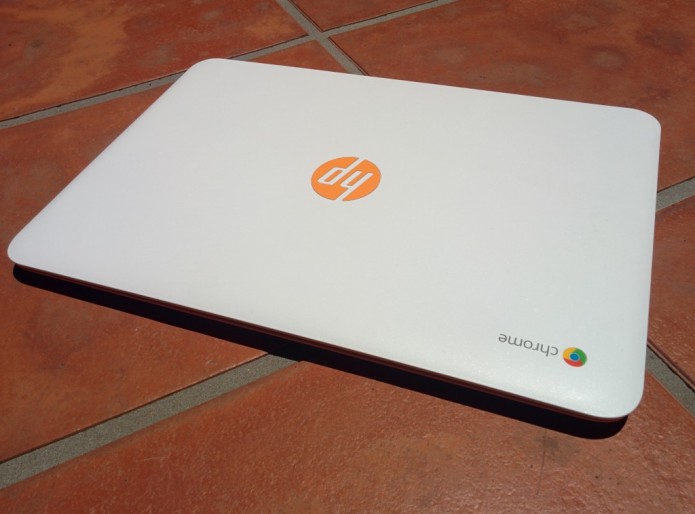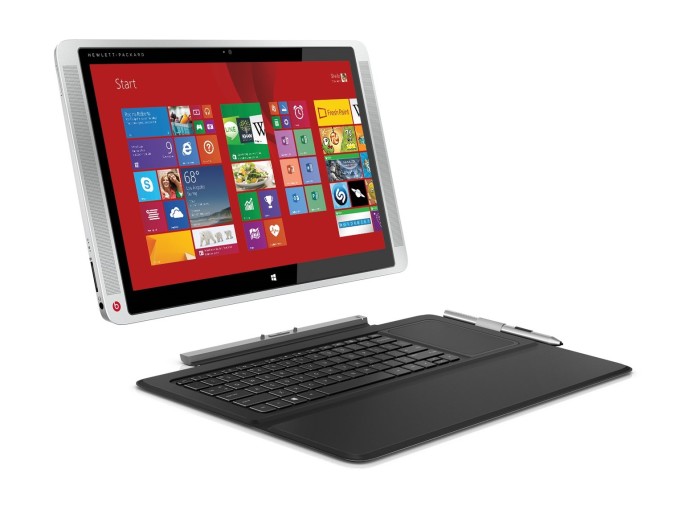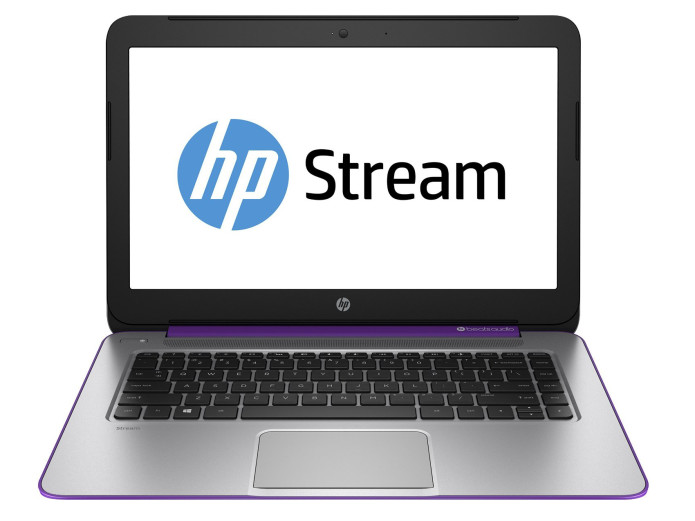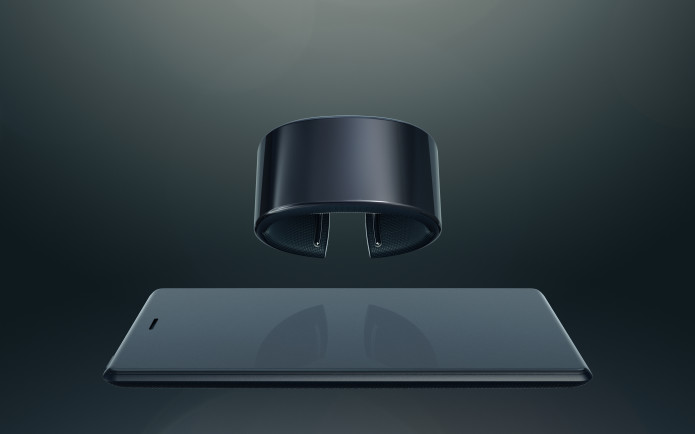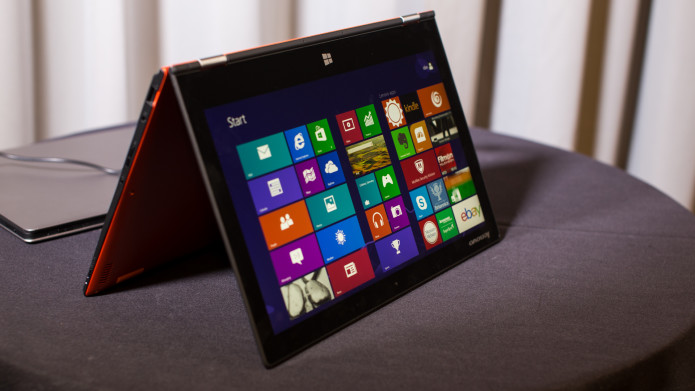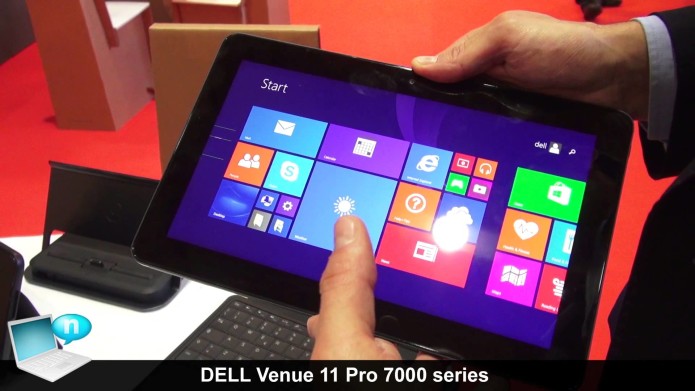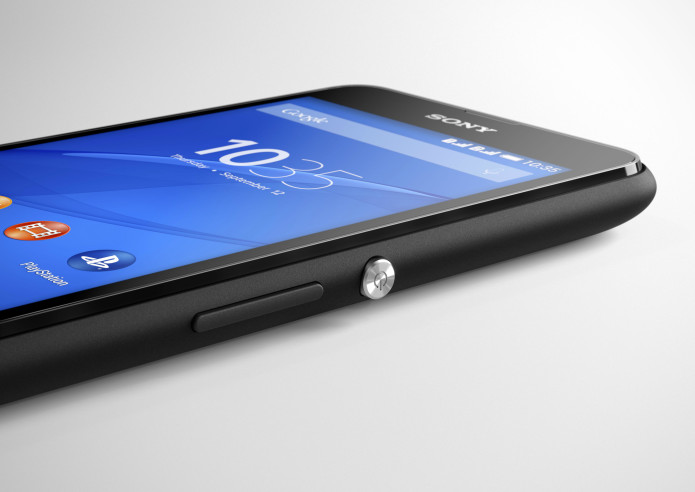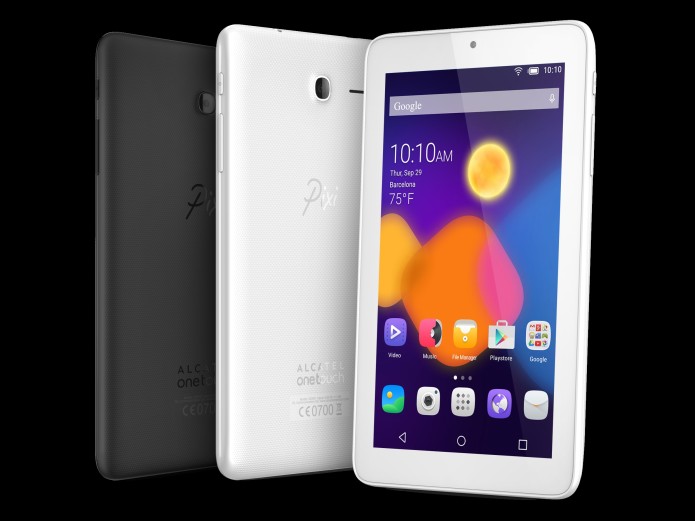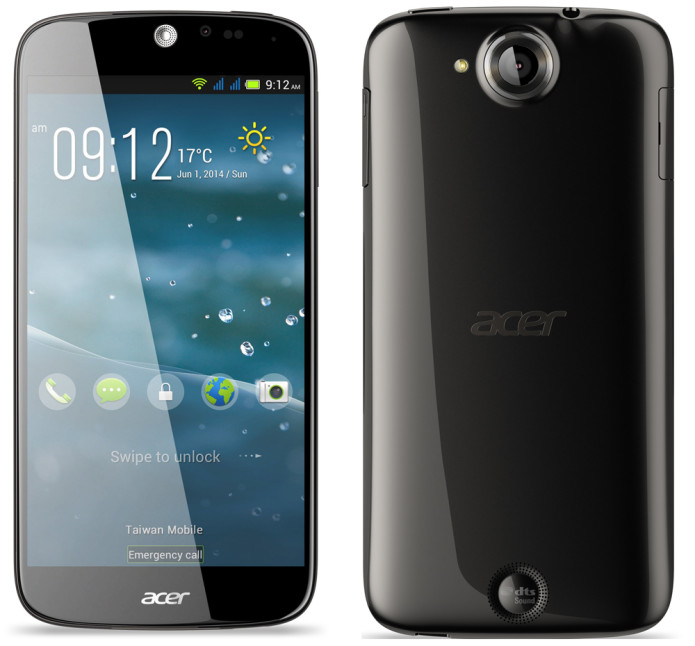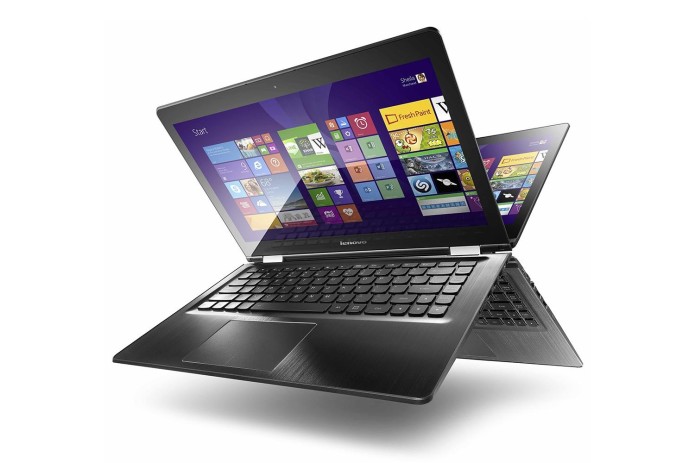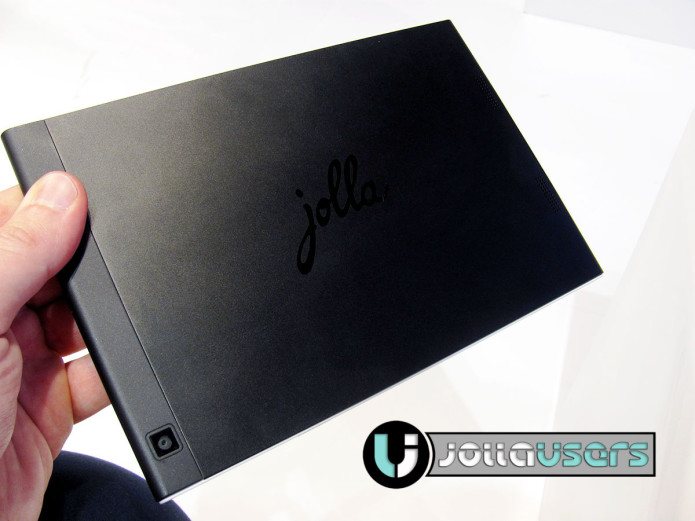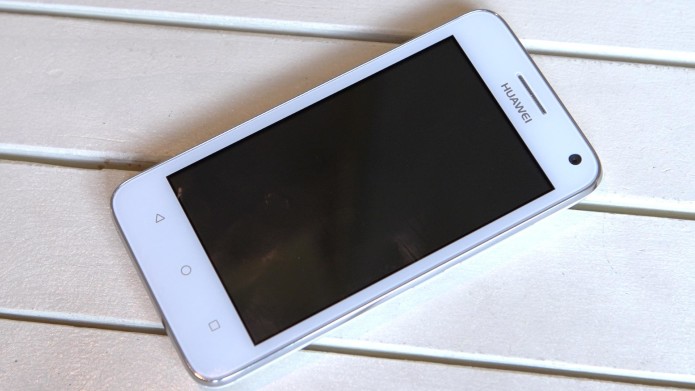Apple’s new iPad arrives to more than its fair share of expectations. The third generation tablet follows models that first created and then accelerated the consumer slate experience, and all eyes are on the new iPad to see whether it can keep up the momentum. Those eyes will have plenty to reward them, too: the biggest change to the new iPad is its incredibly detailed Retina Display. Pre-orders are through the roof, and queues outside Apple Stores began a week ahead of sales starting: there’s no doubting interest is high, but does the new iPad live up to expectations? Check out the full SlashGear review after the cut.
In the inevitable hubbub following the third-generation iPad’s reveal last week, some complained that the tablet lacked in revolutionary changes. In many ways – aesthetically, in build-quality, usability and more – it’s the same as its iPad 2 predecessor, which will indeed stay on sale as a budget option alongside it. Many of the observations in our iPad 2 review hold true about the new iPad, but there are some key differences.
…
Read full post here:
https://www.slashgear.com/new-ipad-review-3rd-gen-14218465/


